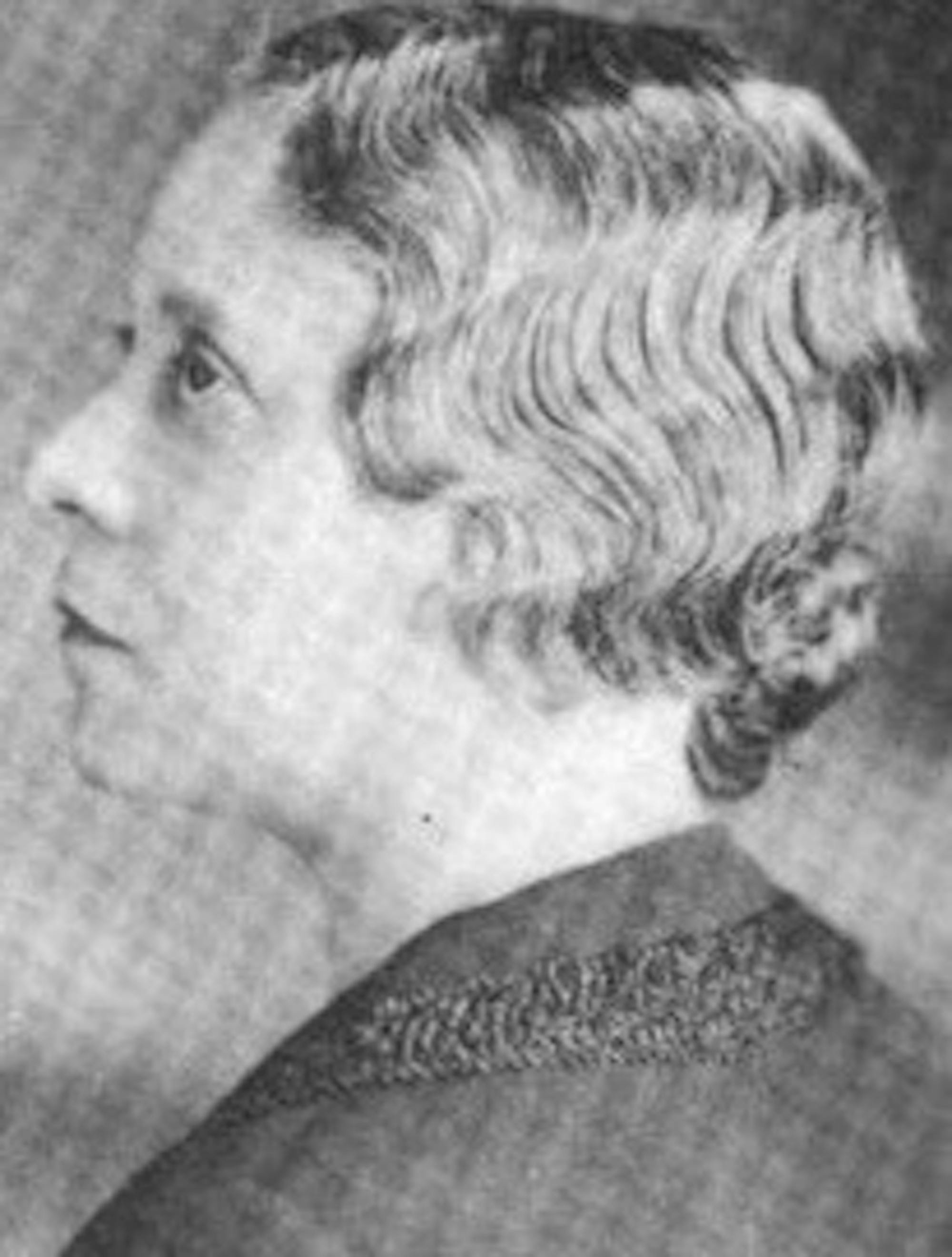Racial bias and misogyny are endemic in the practice and performance of classical music and have restricted many great talents from making their way into the classical canon. Florence Price (1887–1953) was one such musician whose compositions were celebrated during her lifetime but have since fallen into regrettable obscurity.
Price was born to a mixed-race family in Little Rock, Ark. and showed an early aptitude for music. After graduating as valedictorian from her high school class, she enrolled at the New England Conservatory of Music in Boston, Mass. At the institution, Price listed her hometown as “Pueblo, Mexico” in an effort to pass as Mexican to avoid abounding racial discrimination against Black Americans. Price graduated with honors in 1906 with a teaching certificate and an artist diploma in organ.
She returned to Little Rock after her schooling, but she moved around and eventually went north to Chicago after a series of incidents of racial violence took place in the South. In Chicago, Price struggled with financial instability but was able to further her compositional career through the support of friends and connections with other Black artists.
The Chicago Symphony Orchestra, under the baton of Frederick Stock, premiered Price’s monumental Symphony No. 1 in E minor in 1933 in a performance that was met with a rapturous critical reception. Eugene Stinson, a critic writing for the Chicago Daily News, wrote that Price’s symphony was a “faultless work cast in something less than modernist mode and even reminiscent at times of other composers who have dealt with America in tone.”
Price’s Symphony No. 1 remains a “faultless work” — a gentle amalgamation of Black American thematicism and traditionally classical styles and instrumentations. The symphony is a melodic masterpiece, constructed with precision and poise, that challenges what a classical melody sounds like and where it is sourced.
Those familiar with the classical canon will notice parallels between Price’s work and Bohemian composer Antonin Dvořák’s “New World” Symphony No. 9 in E minor (1893). With his ninth symphony, Dvořák’s primary goal was to help establish grounds for an American school of composition. Both Price's first and Dvořák’s ninth are built around themes heard in Black American folk music of the Antebellum and Reconstruction periods, and they represent the American school of composition. Price draws heavily on Dvořák’s No. 9 in her first symphony in the instrumentation and tonality she employs along with her use of the pentatonic scale.
It is clear that Price’s Symphony No. 1 extends far beyond Dvořákian influence. In this symphony, the form is altered to include both a chorale and a juba dance, wherein complex elements of Black American folk music including call-and-responses, cross-rhythms and untraditionally classical percussion instruments abound. Price’s command over her melodies makes for an exhilarating auditory experience for even the most amateur listener, and the genre-defying nature of the composition — which samples themes from Black American folk music and elements of western European classical music, spiritual music and blues — is unmatched by any other classical composer.
Despite the glowing critical reception, intricacy and melodicism of Price’s symphony, major orchestras of today seldom perform this work, as directors often opt to present the evergreen repertoire of Brahms, Beethoven and Bach. In the institutionalized discipline of classical music, white men often determine whose works are performed. These works, more often than not, end up being the work of more white men. Such dogmatism simply disserves the genre, which would benefit from a wider array of compositional perspectives.
Price herself commented on this disparity in a letter sent in 1943 to Serge Koussevitzky, the director of the Boston Symphony Orchestra at the time: “Unfortunately the work of a woman composer is preconceived by many to be light, froth, lacking in depth, logic and virility,” Price wrote. “Add to that the incident of race — I have Colored blood in my veins — and you will understand some of the difficulties that confront one in such a position.”
Price’s work is far from lacking in “depth,” “logic” or “virility”; rather, her compositions exemplify these characteristics and upend preconceived notions of what femininity in classical music ‘should’ resemble.
Perhaps it was Price’s blatant affirmations of her Blackness or her defiance of gender expectations that turned those who determined the direction of classical music away from her oeuvre. Perhaps it was too daunting for program annotators to attack questions of race and gender in what could otherwise be routine program notes. Whatever the reason for the modern obscurity of Price’s works, the global classical music scene would grow richer through the reincorporation of her music into the repertoire.






